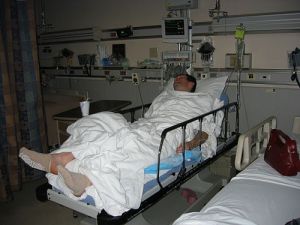
Should patients receive continuous electronic monitoring of oxygenation and ventilation post-surgery?
This question was debated in a survey on ASA Standards and APSF Recommendations. “Hospital Newspaper” ran the results: 90 percent of participants answered “YES,” while 10 percent answered “NO.”
Those who checked “NO” might have been the study’s minority group, but their answers still made a surprising impact with some outsourced physicians and other experts in physician services.
“I am quite shocked that the ‘disagree group’ is that high,” exclaimed Dr. Marc Popovich, Medical Director of the Surgical Intensive Care Unit at Cleveland Clinic. “The question asked whether continuous monitoring should be ‘available and considered’ for all patients. What this survey result is saying is that 10% do not have monitoring available and it is not even being considered for their patients after surgery.”
“Hospital Newspaper” explained that continuous electronic monitoring of oxygenation and ventilation reduces the likelihood of “unrecognized clinically significant opioid-induced depression of ventilation in the postoperative period.”
“I get too many calls from patients whose family members have died from post-op opiate overdose,” says Helen Haskell, co-founder of The Empowered Patient Coalition, a patient-focused nonprofit organization, based in California.
“From a patient’s point of view, this sort of error is incomprehensible, because it is so fundamental,” Haskell explained. “In terms of proper patient care, people should be able to assume that basic safety precautions have been taken when they are in the hospital.”
